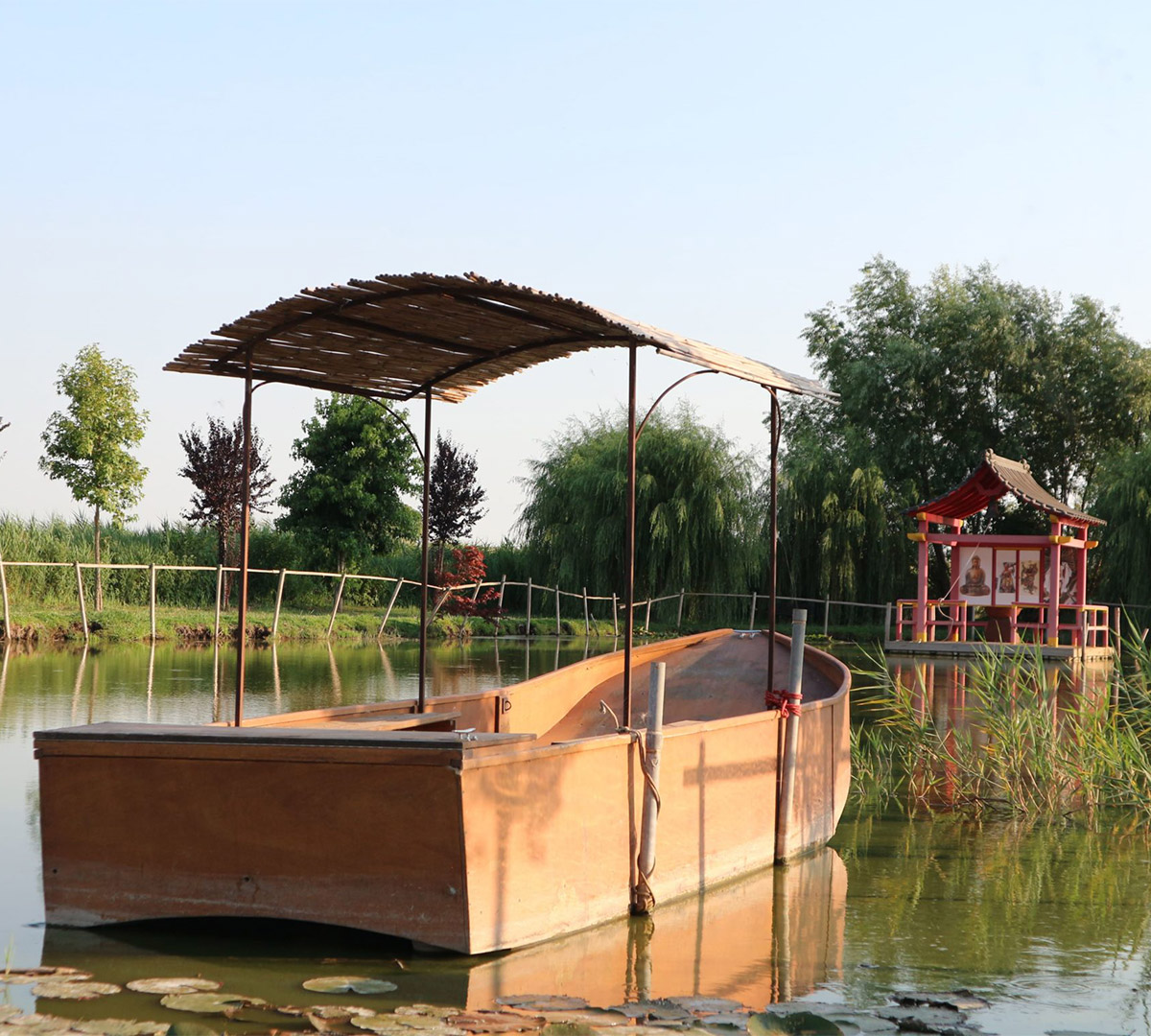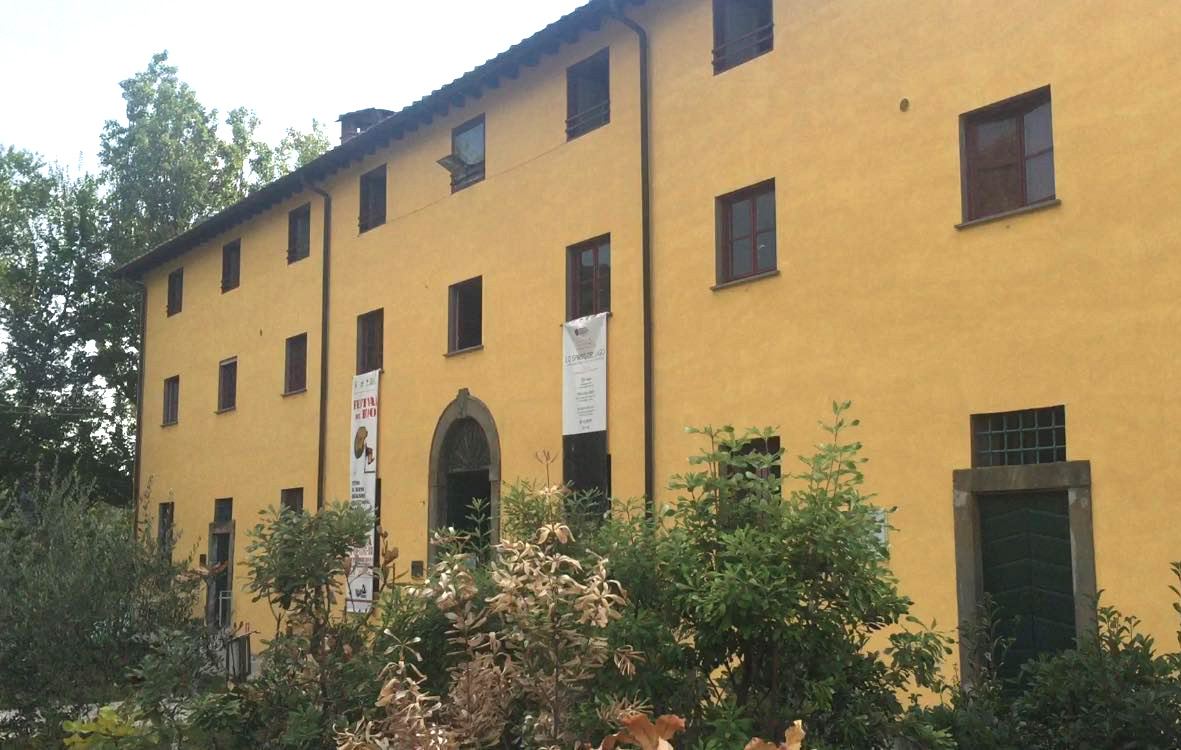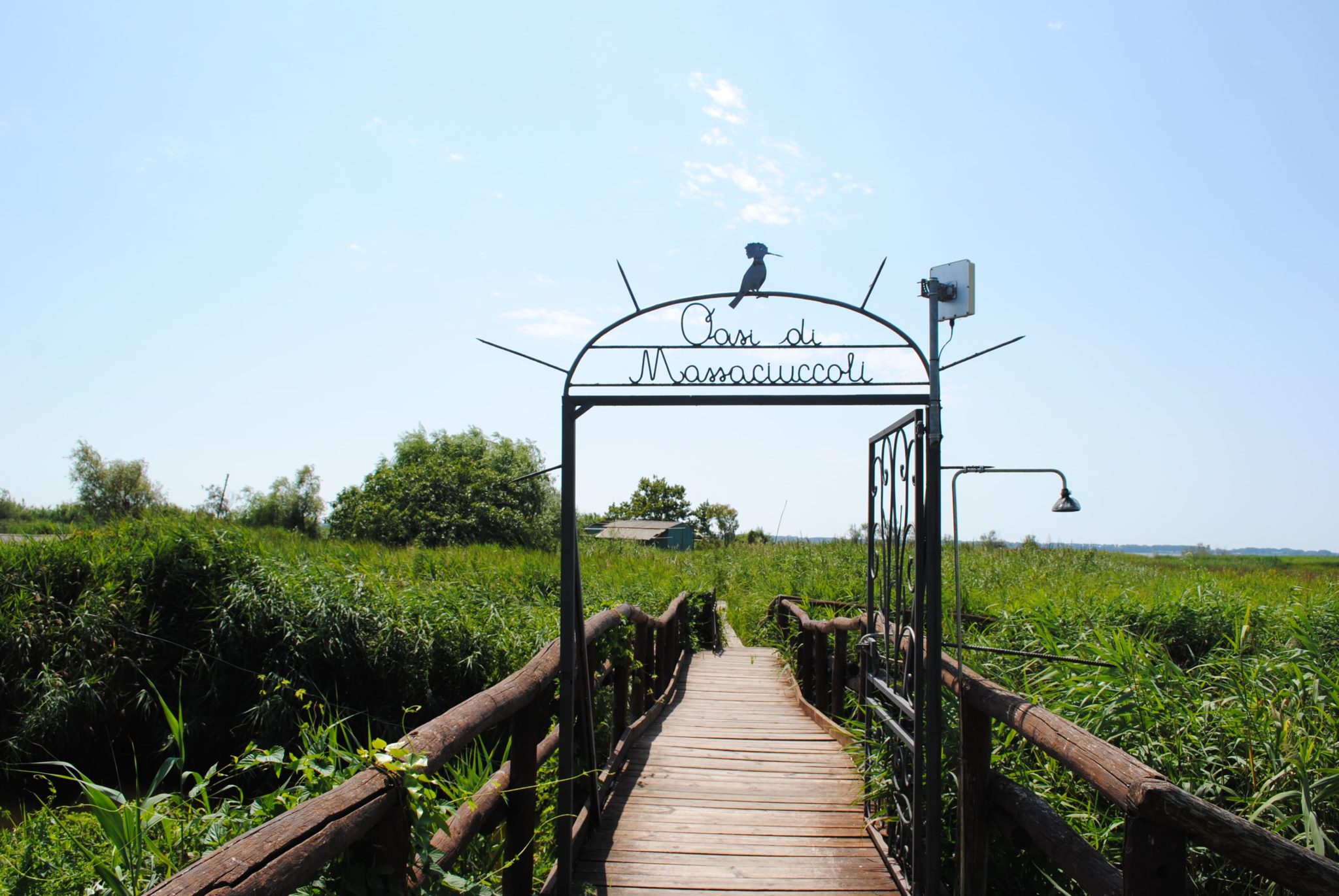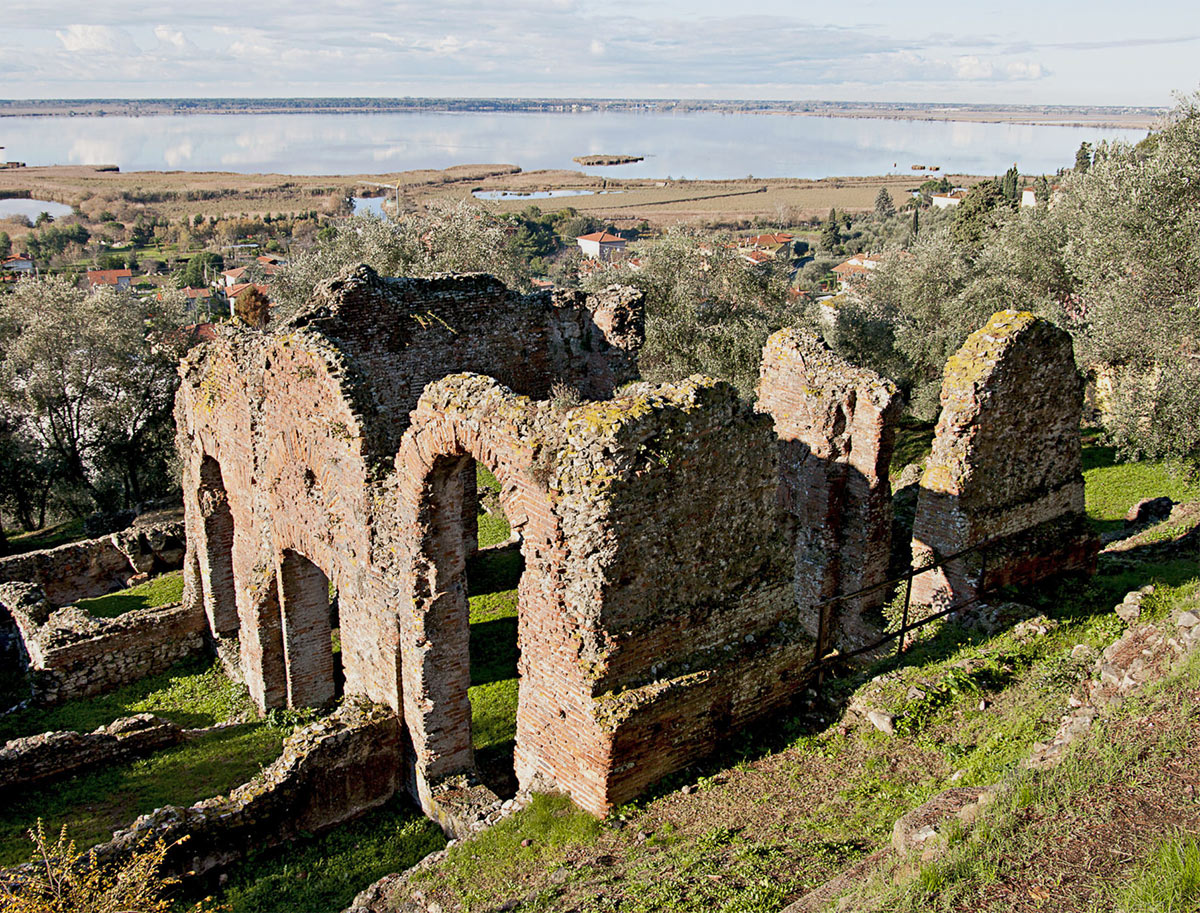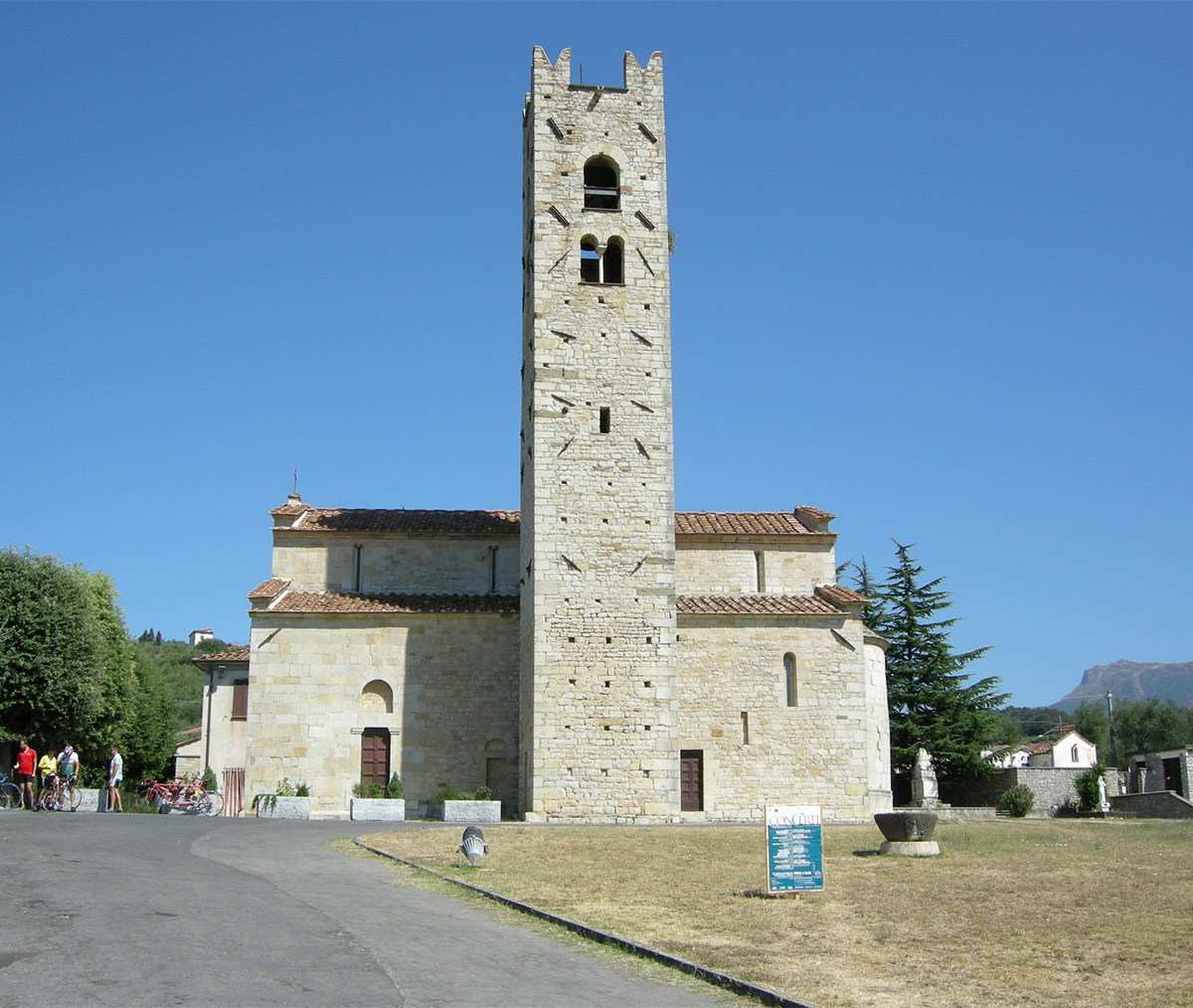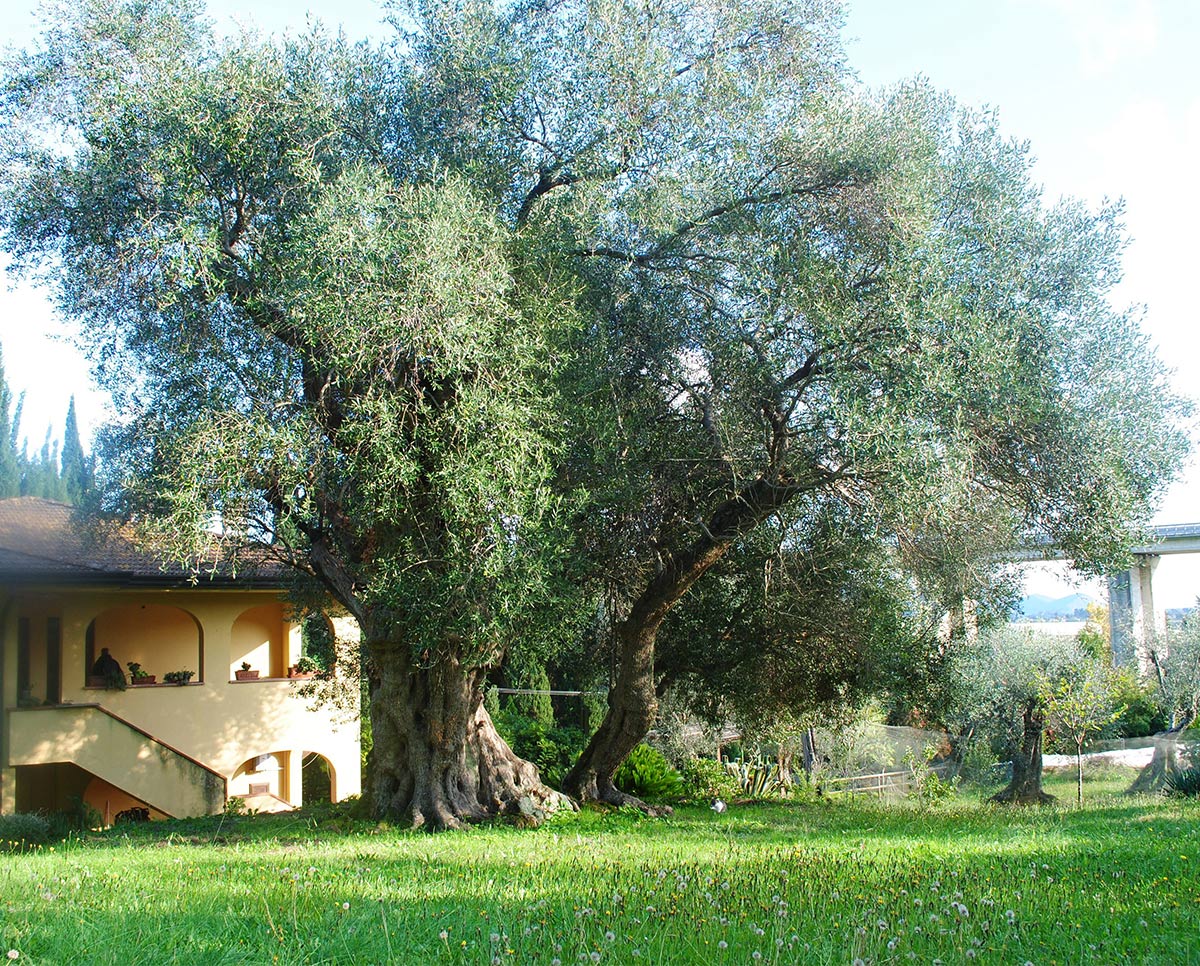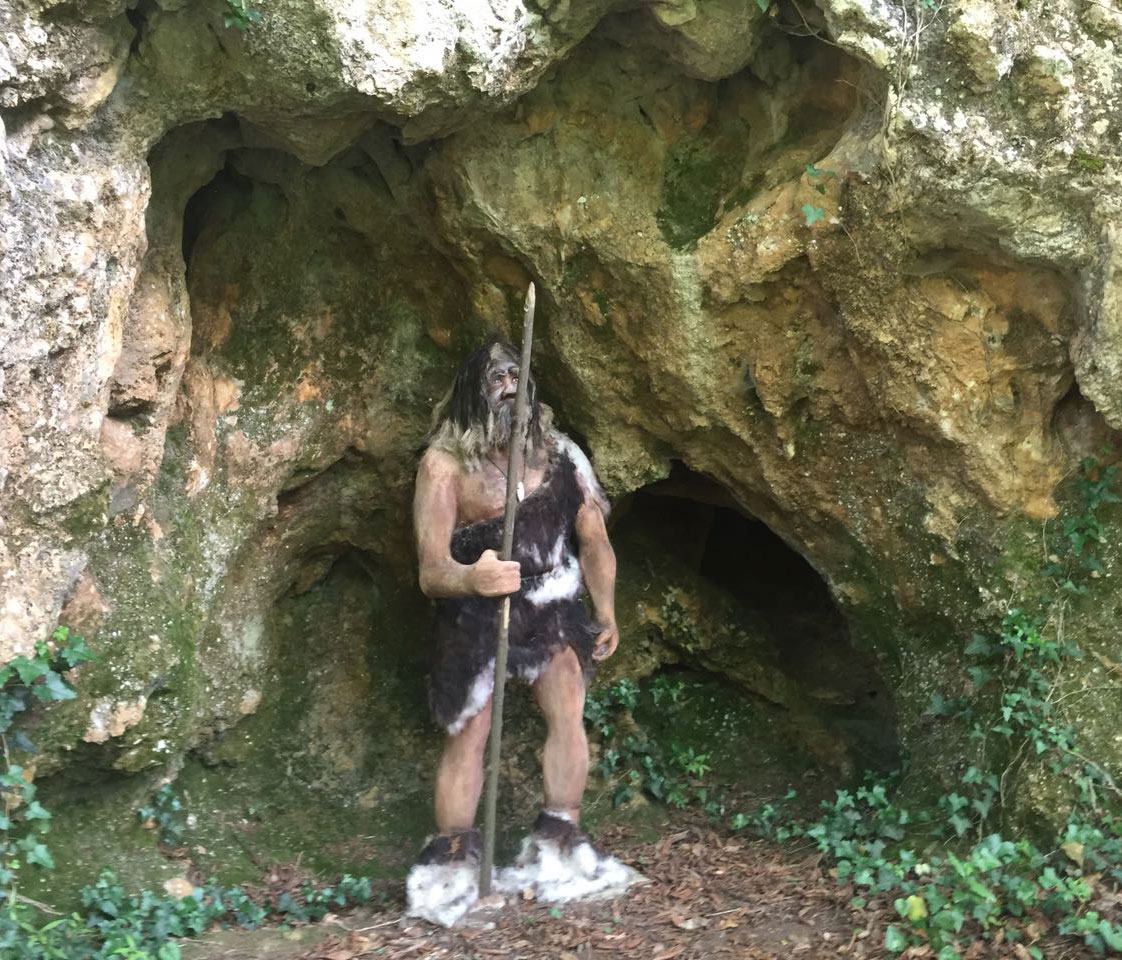Massarosa
La Via delle Erbe e dei Fiori
La Via delle Erbe e dei Fiori is a journey to discover the excellences and the territory of Massarosa. Starting from the center of the town, you walk along dirt and secondary roads, visiting farms and horticultural farms, with the possibility of purchasing products, and enjoying naturalistic landscapes of considerable ecological and environmental interest. From the cultivation of lotus flowers, lavender and eucalyptus, passing through orchards, vineyards and olive groves to enjoy the glimpses of Lake Massaciuccoli.
Podere Lovolio
The Podere Lovolio is a park donated to the community by the Pomara Scibetta Foundation. A park that is a journey through art, nature and spirituality that develops between original works of art, gardens and farm animals. The “Floating Temple”, a red pagoda in the middle of a pond, is evocative. An oasis of peace where you can relax and rebalance the rhythm of life to that of nature.
La Brilla: ancient factory of Massarosa
La Brilla is an ancient factory in Massarosa once used for the “polishing” of rice. La Brilla is located on the shores of Lake Massaciuccoli in the hamlet of Quiesa. One of the spectacular corners of Versilia in a suggestive environment from a landscape point of view and rich in naturalistic and environmental attractions. Recently recovered and made accessible to all, today it is an important cultural center of Massarosa that preserves intact the testimonies of a not too distant past in which the cultivation of Massarosa red rice and its processing represented the main resource of the lake territory. Brilla it is possible to admire the imposing nineteenth-century machinery restored, which make it a “unicum” of its kind.
Oasi Lipu Massaciuccoli
Oasi Lipu Massaciuccolioffers nature trails within the Chiarone Nature Reserve to fully experience the areas of Lake Massaciuccoli. The main route consists of a wooden walkway on stilts on the shores of the lake. The path winds through the reeds and the “falascheto”, with short branches leading to the four observatories, ending in a wood “the butterfly garden”, a small island of plant biodiversity capable of welcoming and feeding these insects at all stages of their life cycle. At the Lipu Oasis it is possible to request single and double kayaks, small boats and Canadian canoes with 2/3 seats to visit the lake independently or with the Lipu guide to get all the indications and maps of the routes for birdwatching, nature photography or for anyone. want to admire the thick reeds and the most evocative corners of Lake Massaciuccoli.
Massaciuccoli Roman archaeological area
The “Massaciuccoli Romana archaeological area” is divided into two main complexes: high up on the hill overhanging the lake of Massaciuccoli, the monumental remains of the Venulei villa with the thermal baths, the otium area. Below, the museum pavilion divided into two sections by the road that crosses the village of Massaciuccoli and from where the path to the ruins of the villa begins. The pavilion includes the building with mosaic, the farm and the negotium area.
Pieve a Elici
The origin of this parish is shrouded in the darkness of the early Middle Ages. A jewel that has arrived intact to this day after centuries of enlargements, destructions and renovations. The restorations carried out at the beginning of the 1900s freed the church from the disfigurements that bad taste and ignorance had caused, so that today we can admire the ancient work restored in all its primitive beauty and austerity. The visitor who crosses the threshold cannot escape the mysterious charm that emanates from the aisles of this temple. Worthy of note: the immersion baptismal font, reconstructed with the old material on its original layout. A magnificent marble triptych stands out at the end of the median nave, above the main altar. The figures of the Triptych represent a Madonna with Child in the center, San Pantaleone in the right aedicule and San Giovanni Battista in the left one. The side altars are surmounted by two magnificent frescoes: a Madonna with Child and a Crucifixion, which date back to the 13th and 17th centuries respectively. The first, a clearly Romanesque work, is one of the very few frescoes, still existing, from the end of the 13th century. The other, an authentic masterpiece, attributed by most scholars to Guido Reni. The bell tower with Ghibelline merlons is also important. 29 meters high, it was built in the 9th century as a watchtower and sighting tower (at the time the sea reached almost to the foot of the hill). In the 12th century it was transformed into a bell tower.
Millennial olive tree
In Massarosa there is a very particular olive tree: “the millenary olive tree”. A beautiful olive tree, which has inhabited the Campo Romano valley, in the Piano del Quercione area, for more than a thousand years. There is precise evidence of the millenary olive tree from a writer, George Martini. During his stay in the area, around the mid-1700s, he found this wonderful olive tree. It was the time of the beating and on the tree, so huge, to collect the olives, there were 13 farmers. Counting the hooves that were at the base of the tree he reached 26. From this moment the olive tree was called “the olive tree of the thirty hooves” (rounding up). It was once much more luxuriant than today, although it still has a circumference of about 10 meters, a height of 9 meters and a crown of 10 meters. Studies estimate that the olive tree is around two thousand years old. In this case, dating is very problematic due to its conformation.
Buca delle Fate
The naturalistic archaeological park La Buca delle Fate is located between Piano di Mommio and Mommio Castello, in the Municipality of Massarosa. It is a path in the woods, at this time very clean and well marked, easy to do even with children. Along the path, well shaded, there are several caves dating back to the prehistoric era in which numerous artifacts were found, now visible at the Civic Museums of Villa Paolina in Viareggio, dating back to the Copper Age and the Middle Paleolithic: from the bones of different animals such as mammoths, horses, hyenas, rhinos, to the human ones with the kit made of bracelets and necklaces, going back in time to Neanderthal Man!



